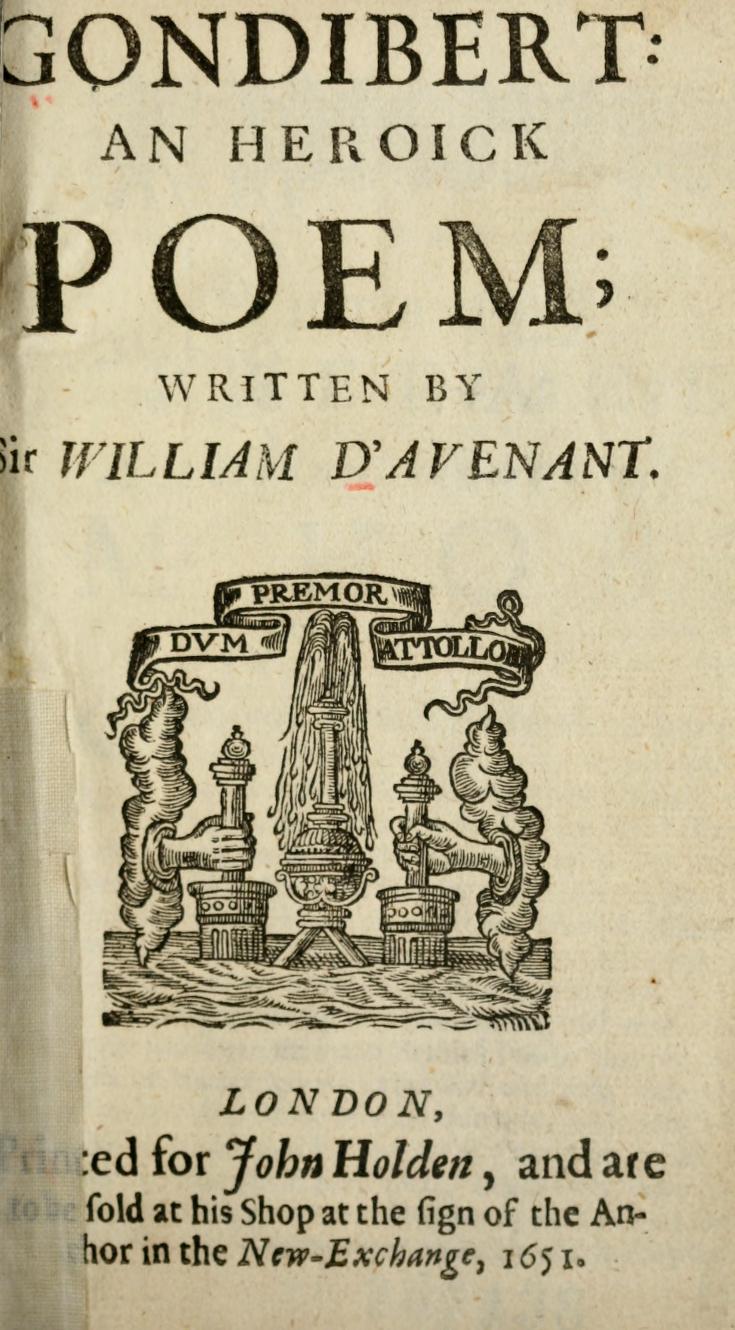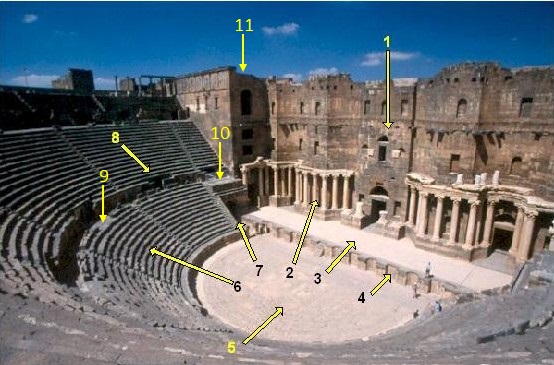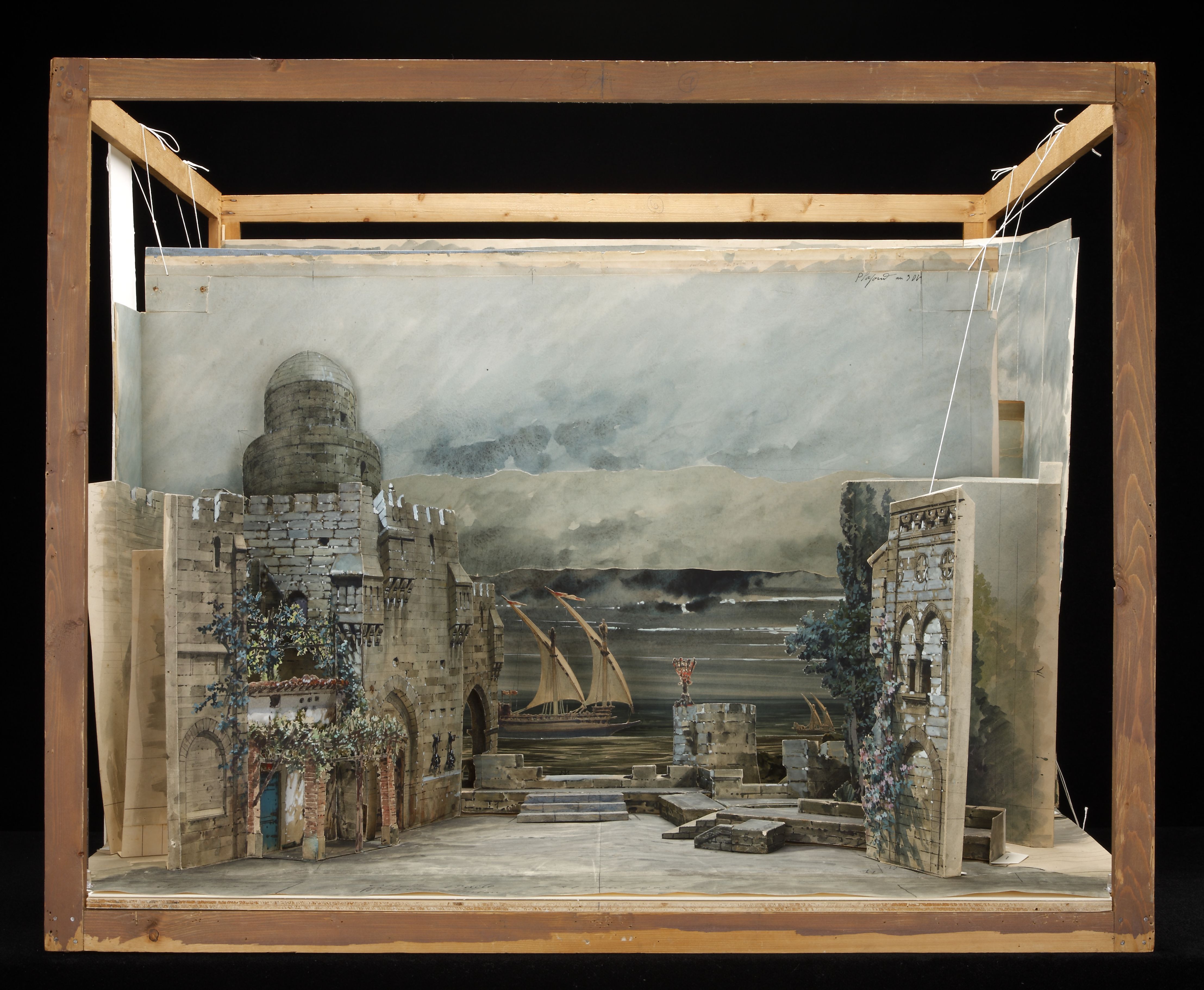|
Lisle's Tennis Court
Lisle's Tennis Court was a building off Portugal Street in Lincoln's Inn Fields in London. Originally built as a real tennis court, it was used as a Theater (structure), playhouse during two periods, 1661–1674 and 1695–1705. During the early period, the theatre was called Lincoln's Inn Fields Playhouse, also known as The Duke's Playhouse, The New Theatre or The Opera. The building was rebuilt in 1714, and used again as a theatre for a third period, 1714–1732. The tennis court theatre was the first public playhouse in London to feature the moveable scenery that would become a standard feature of Restoration theatres. Historical background The period beginning in England in 1642 and lasting until 1660 is known as the Interregnum, meaning "between kings." At this time, there was no monarch on the throne, and theatre was against the law. Spanning from 1642 to 1649, the English Civil War occurred. This war was an uprising by Parliamentarians against the curr ... [...More Info...] [...Related Items...] OR: [Wikipedia] [Google] [Baidu] |
William Davenant
Sir William Davenant (baptised 3 March 1606 – 7 April 1668), also spelled D'Avenant, was an English poet and playwright. Along with Thomas Killigrew, Davenant was one of the rare figures in English Renaissance theatre whose career spanned both the Caroline and Restoration eras and who was active both before and after the English Civil War and during the Interregnum. Davenant was reportedly a godson of fellow playwright William Shakespeare, and he wrote a memorial ode for his godfather when he was only 12-years-old. Later in life, he was rumored to be Shakespeare's illegitimate son. In 1638, Davenant replaced Ben Jonson as the new Poet Laureate. Davenant was a Royalist in the English Civil War and was sentenced to death by the Parliamentarians in 1650. His life was reportedly spared by the intervention of a fellow writer, John Milton. Biography Early life Davenant is believed to have been born in late February, 1606 in Oxford, the son of Jane Shepherd Davenant and John Da ... [...More Info...] [...Related Items...] OR: [Wikipedia] [Google] [Baidu] |
English Interregnum
The Interregnum was the period between the execution of Charles I on 30 January 1649 and the arrival of his son Charles II of England, Charles II in London on 29 May 1660, which marked the start of the Stuart Restoration, Restoration. During the Interregnum, England was under various forms of republican government. Politics The politics of the period were dominated by the wishes of the ''Grandee (New Model Army), Grandees'' (senior officers) of the New Model Army and their civilian supporters. They encouraged (or at least tolerated) several republican regimes. From 1649 until 1653 executive powers lay with the English Council of State, Council of State, while legislative functions were carried out by the Rump Parliament. In 1653, the Grandees, with Oliver Cromwell leading these reformists, dismissed the Rump Parliament, replacing it with a Nominated Assembly (nicknamed the Parliament of Saints or Barebone's Parliament). This Barebone's Parliament was composed of 140 nominees, 12 ... [...More Info...] [...Related Items...] OR: [Wikipedia] [Google] [Baidu] |
Roscius Anglicanus
John Downes (died c. 1712) worked as a prompter at the Duke's Company, and later the United Company, for most of the Restoration period 1660–1700. His "historical review of the stage", ''Roscius Anglicanus'' (1708), is an invaluable source for historians both of Restoration and of Stuart theater. Downes first enters the theatrical record in 1664, when he was registered by the Lord Chamberlain as a member of William Davenant's troupe under the patronage of the Duke of York. By his own admission, stage fright kept him from an acting career, although he is known to have played Haly in '' The Siege of Rhodes''. Later in the 1660s, he is recorded as a member of Thomas Betterton's King's Company; his main work seems to have been as prompter. He continued in this function when the two companies united in 1682; when the companies split in 1694, he remained with Betterton until the middle of the next decade. He is the subject of a number of the ''Tatler''; in this letter from Downes (pr ... [...More Info...] [...Related Items...] OR: [Wikipedia] [Google] [Baidu] |
John Downes (17th-century Prompter)
John Downes (died c. 1712) worked as a prompter at the Duke's Company, and later the United Company, for most of the Restoration period 1660–1700. His "historical review of the stage", ''Roscius Anglicanus'' (1708), is an invaluable source for historians both of Restoration and of Stuart theater. Downes first enters the theatrical record in 1664, when he was registered by the Lord Chamberlain as a member of William Davenant's troupe under the patronage of the Duke of York. By his own admission, stage fright kept him from an acting career, although he is known to have played Haly in '' The Siege of Rhodes''. Later in the 1660s, he is recorded as a member of Thomas Betterton's King's Company; his main work seems to have been as prompter. He continued in this function when the two companies united in 1682; when the companies split in 1694, he remained with Betterton until the middle of the next decade. He is the subject of a number of the ''Tatler''; in this letter from Downes ... [...More Info...] [...Related Items...] OR: [Wikipedia] [Google] [Baidu] |
Samuel Pepys
Samuel Pepys ( ; 23 February 1633 – 26 May 1703) was an English writer and Tories (British political party), Tory politician. He served as an official in the Navy Board and Member of Parliament (England), Member of Parliament, but is most remembered today for the diary he kept for almost a decade. Though he had no Maritime pilot, maritime experience, Pepys rose to be the Chief Secretary to the Admiralty under both Charles II of England, Charles II and James II of England, James II through patronage, diligence, and his talent for administration. His influence and reforms at the Admiralty (United Kingdom), English Admiralty were important in the early professionalisation of the Royal Navy. The detailed private diary that Pepys kept from 1660 until 1669 was first published in the 19th century and is one of the most important primary sources of the Stuart Restoration. It provides a combination of personal revelation and eyewitness accounts of great events, such as the Grea ... [...More Info...] [...Related Items...] OR: [Wikipedia] [Google] [Baidu] |
Elizabeth Of Bohemia
Elizabeth Stuart (19 August 1596 – 13 February 1662) was Electress of the Palatinate and briefly Queen of Bohemia as the wife of Frederick V of the Palatinate. The couple's selection for the crown by the nobles of Bohemia was part of the political and religious turmoil that set off the Thirty Years' War. Since her husband's reign in Bohemia lasted over only one winter, she is called "The Winter Queen" (, ). Princess Elizabeth was the only surviving daughter of James VI and I, King of Scotland, England, and Ireland, and his queen, Anne of Denmark; she was the elder sister of Charles I. Born in Scotland, she was named in honour of her father's predecessor and cousin in England, Elizabeth I. During Elizabeth Stuart's childhood, unbeknownst to her, part of the failed Gunpowder Plot was a scheme to replace her father with her on the throne, and forcibly raise her as a Catholic. Her father later arranged for her marriage to the Protestant Frederick V, a senior prince of the Holy ... [...More Info...] [...Related Items...] OR: [Wikipedia] [Google] [Baidu] |
The Siege Of Rhodes
''The Siege of Rhodes'' is an opera written to a text by the impresario William Davenant. The score is by five composers, the vocal music by Henry Lawes, Matthew Locke, and Captain Henry Cooke, and the instrumental music by Charles Coleman and George Hudson. It is considered to be the first English opera. Special permit Part 1 of ''The Siege of Rhodes'' was first performed in a small private theatre constructed at Davenant's home, Rutland House, in 1656. Special permission had to be obtained from the Puritan government of Oliver Cromwell, as dramatic performances were outlawed and all public theatres closed. Davenant managed to obtain this by calling the production "recitative music", music being still permissible within the law. When published in 1656, it was under the equivocating title ''The siege of Rhodes made a representation by the art of prospective in scenes, and the story sung in recitative musick, at the back part of Rutland-House in the upper end of Aldersgate-Stre ... [...More Info...] [...Related Items...] OR: [Wikipedia] [Google] [Baidu] |
Stage (theatre)
In theatre and performing arts, the stage (sometimes referred to as the deck in stagecraft) is a designated space for the performance of theatrical production, productions. The stage serves as a space for actors or performers and a focal point (the Projection screen, screen in movie theater, cinema theaters) for the audience. As an architectural feature, the stage may consist of a platform (often raised) or series of platforms. In some cases, these may be temporary or adjustable but in theater (structure), theaters and other buildings devoted to such productions, the stage is often a permanent feature. There are several types of stages that vary as to the usage and the relation of the audience to them. The most common form found in the West is the proscenium stage. In this type, the audience is located on one side of the stage with the remaining sides hidden and used by the performers and technicians. Thrust stages may be similar to proscenium stages but with a platform or perf ... [...More Info...] [...Related Items...] OR: [Wikipedia] [Google] [Baidu] |
Proscenium Arch
A proscenium (, ) is the virtual vertical plane of space in a theatre, usually surrounded on the top and sides by a physical proscenium arch (whether or not truly "arched") and on the bottom by the stage floor itself, which serves as the frame into which the audience observes from a more or less unified angle the events taking place upon the stage during a theatrical performance. The concept of the fourth wall of the theatre stage space that faces the audience is essentially the same. It can be considered as a social construct which divides the actors and their stage-world from the audience which has come to witness it. But since the curtain usually comes down just behind the proscenium arch, it has a physical reality when the curtain is down, hiding the stage from view. The same plane also includes the drop, in traditional theatres of modern times, from the stage level to the "stalls" level of the audience, which was the original meaning of the ''proscaenium'' in Roman theat ... [...More Info...] [...Related Items...] OR: [Wikipedia] [Google] [Baidu] |
Theatrical Scenery
Theatrical scenery is that which is used as a setting for a theatrical production. Scenery may be just about anything, from a single chair to an elaborately re-created street, no matter how large or how small, whether the item was custom-made or is the genuine item, appropriated for theatrical use. History The history of theatrical scenery is as old as the theatre itself, and just as obtuse and tradition bound. What we tend to think of as 'traditional scenery', i.e. two-dimensional canvas-covered ' flats' painted to resemble a three-dimensional surface or vista, is a relatively recent innovation and a significant departure from the more ancient forms of theatrical expression, which tended to rely less on the actual representation of space and more on the conveyance of action and mood. By the Shakespearean era, the occasional painted backdrop or theatrical prop was in evidence, but the show itself was written so as not to rely on such items to convey itself to the audience. Howev ... [...More Info...] [...Related Items...] OR: [Wikipedia] [Google] [Baidu] |
Gibbon's Tennis Court
Gibbon's Tennis Court was a building off Vere Street and Clare Market, near Lincoln's Inn Fields in London, England. Originally built as a real tennis court, it was used as a playhouse from 1660 to 1663, shortly after the English Restoration. As a theatre, it has been variously called the "Theatre Royal, Vere Street", the "Vere Street Theatre", or (as in Samuel Pepys' diary) simply "The Theatre". It was the first permanent home for Thomas Killigrew's King's Company and was the stage for some of the earliest appearances by professional actresses. The theatre was destroyed by fire in 1809. The London School of Economics, which covers most of Clare Market nowadays, retains some squash and real tennis courts in its older buildings. Tennis-court theatres Tudor-style real tennis courts were long, high-ceiling buildings, with galleries for spectators; their dimensions — about 75 by 30 feet — are similar to the earlier theatres, and much larger than a modern tenni ... [...More Info...] [...Related Items...] OR: [Wikipedia] [Google] [Baidu] |
France
France, officially the French Republic, is a country located primarily in Western Europe. Overseas France, Its overseas regions and territories include French Guiana in South America, Saint Pierre and Miquelon in the Atlantic Ocean#North Atlantic, North Atlantic, the French West Indies, and List of islands of France, many islands in Oceania and the Indian Ocean, giving it Exclusive economic zone of France, one of the largest discontiguous exclusive economic zones in the world. Metropolitan France shares borders with Belgium and Luxembourg to the north; Germany to the northeast; Switzerland to the east; Italy and Monaco to the southeast; Andorra and Spain to the south; and a maritime border with the United Kingdom to the northwest. Its metropolitan area extends from the Rhine to the Atlantic Ocean and from the Mediterranean Sea to the English Channel and the North Sea. Its Regions of France, eighteen integral regions—five of which are overseas—span a combined area of and hav ... [...More Info...] [...Related Items...] OR: [Wikipedia] [Google] [Baidu] |







